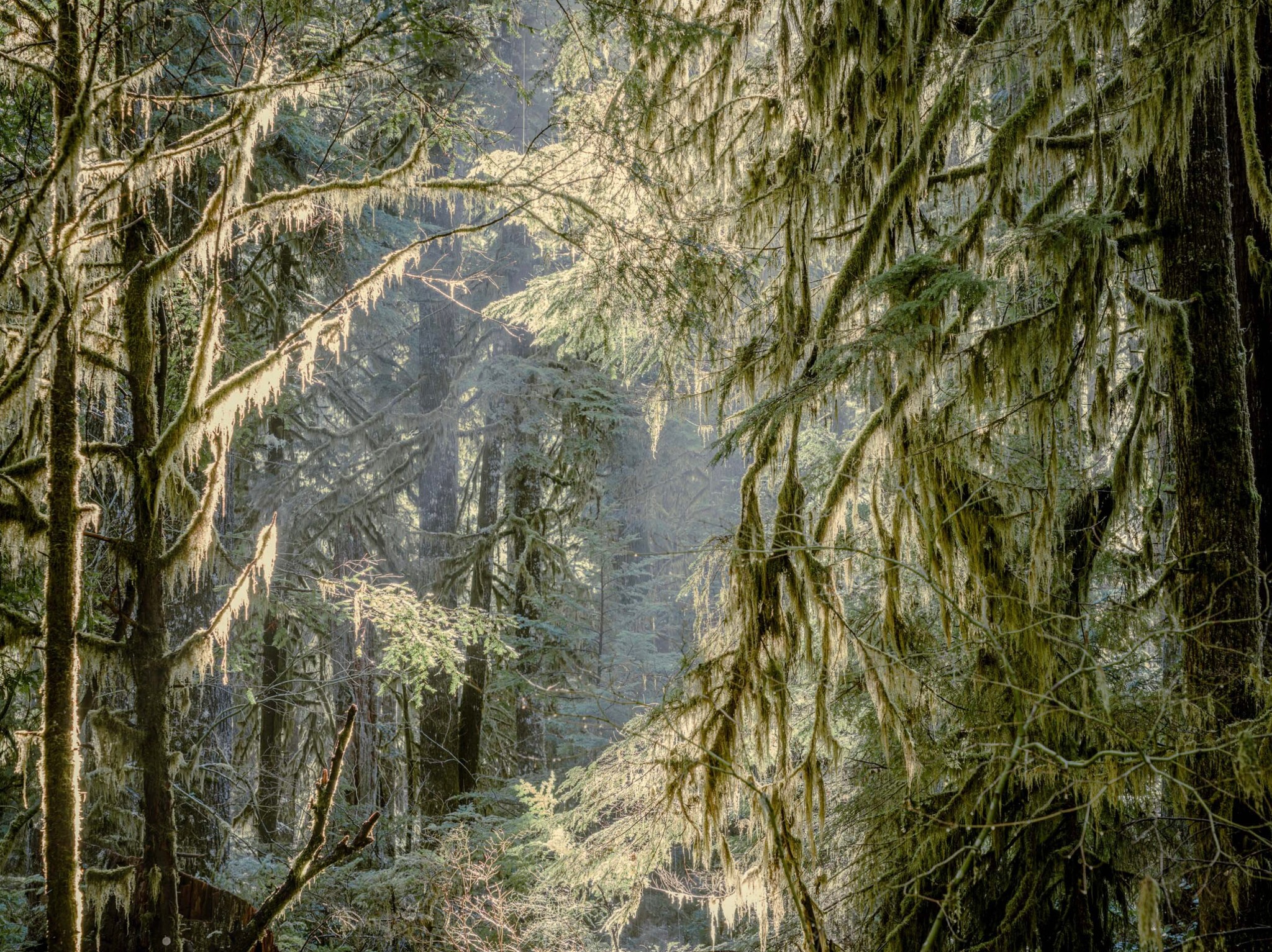The Rare Species Advantage

Forest biodiversity is heavily influenced by something called Rare Species Advantage. Where an individual tree has a better chance of survival if there are some but only a few other trees of the same species around.
Trees grow best (and naturally) in small social family clumps of the same species, but intermixed with a diverse mix of other species.
As a result, when the number of trees of any given species rises and diversity lowers, survival rates among individual trees of that species drop.
Rare Species Advantage is one of nature’s instinctive rules for health and promotes forest diversity by preventing any one tree species from dominating the forest - it’s interesting to consider this is relation to mono plantations too and the total imbalance and disease highways they can cause.

The key is a complex unseen interplay between soil fungi and tree roots where beneficial soil fungi (ectomycorrhizal) living around tree roots determines how quickly trees are at risk by harmful, pathogenic fungi as they grow. The beneficial fungi coating the roots and preventing the aggressive fungi strains access.
Too many of one species of tree and there is a lower mix of beneficial fungi, putting the trees at risk from the aggressive fungi that can rapidly spread through that species.
The birch is a great example of a tree species that does remarkable work balancing and controlling harmful specific root attacking fungi by working in harmony with it’s own network to keep a below ground balance.


